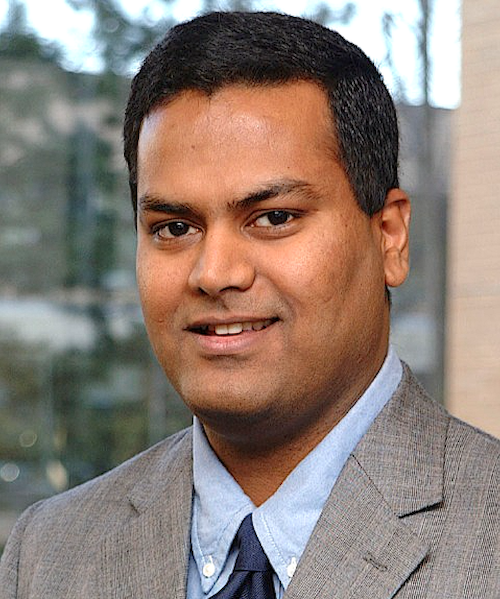
A goal of exposing more medical students, residents and fellows to long-term care came one step closer to reality with the passage of a resolution during the AMDA — The Society for Post-Acute and Long-Term Care Medicine PALTC 21 Virtual Annual Conference.
A resolution that calls for AMDA to work with other associations to require that medical students and residents train in assisted living communities and nursing homes during their primary care rotations passed AMDA’s House of Delegates Saturday evening and now will be considered by the association’s board. The resolution also calls for AMDA to work with other associations on similar requirements for students in nursing, dentistry, psychiatry, psychology and podiatry.
“You can’t see a patient in a clinic and think that you’re getting the proper training to take care of a nursing home patient, because that population is completely different and comes with different challenges and regulations and other burdens that the government and the regulatory agencies place on that care setting,” Rajeev Kumar, M.D., FACP, CMD, who put forth the resolution, told McKnight’s’ Senior Living. “The exposure to a care setting such as a skilled nursing facility and assisted living facility is a must because they’re distinct and different from other care settings like clinics and hospitals.”
If AMDA’s board passes the resolution — and Kumar, AMDA’s secretary, said he is optimistic — then it likely will be sent to the American Medical Association for further action. He is AMDA’s delegate to the AMA.
“AMA is a bigger organization. All specialties and all disciplines are represented, and they have enough clout, in terms of lobbying support and also resources, for us to achieve what we set out to achieve,” Kumar said.
If the resolution is favorably received at the AMA, then that association and AMDA would work together to try to influence the Accreditation Council for Graduate Medical Education, which accredits all graduate medical training programs for physicians in the United States, and the American Association of Medical Colleges to start requiring students, fellows and residents to be exposed to long-term care settings. Doing so, according to the resolution, would help repair “the disconnect between PCPs and our vulnerable elderly patients” and would encourage primary care physicians to practice in long-term care because they would be more familiar with applicable regulations.
In addition to the AMA and the American Osteopathic Association, the resolution calls for AMDA to work with the Gerontological Advanced Practice Nurses Association, the American Psychological Association, the American Podiatric Medicine Association, the American Dental Association, the American Nurses Association and other organizations “to advocate for required training of students and trainees in their respective disciplines in senior living communities (to include nursing homes and assisted living facilities) during their clinical rotations.”
If the AMDA board passes the resolution, Kumar said he believes it subsequently will see more support than a similar resolution saw a couple of years ago, in part because it includes more types of practitioners.
“The last time, we had only talked about medical students and residents and fellows,” he said, “but with the passage of time, we recognized that other specialties and other clinical practitioners … are also coming into PALTC. So we want all of their students and trainees to be exposed as well.”



